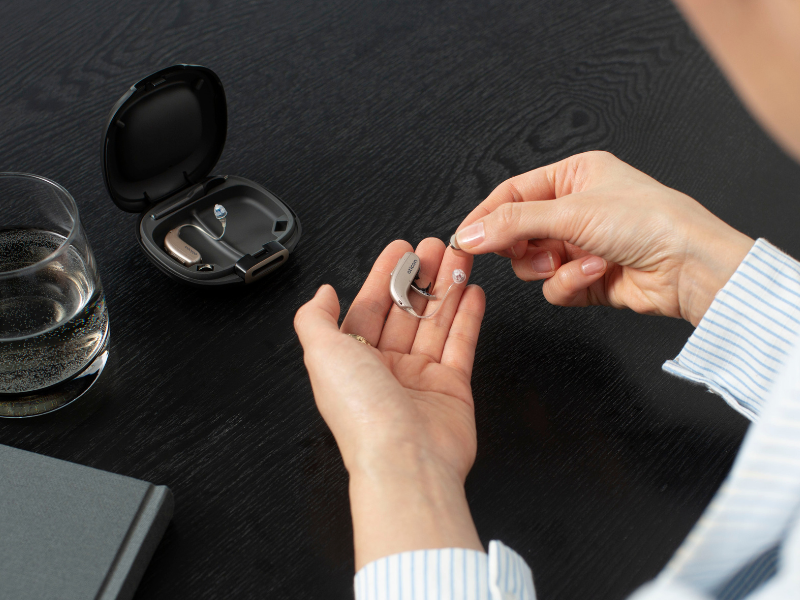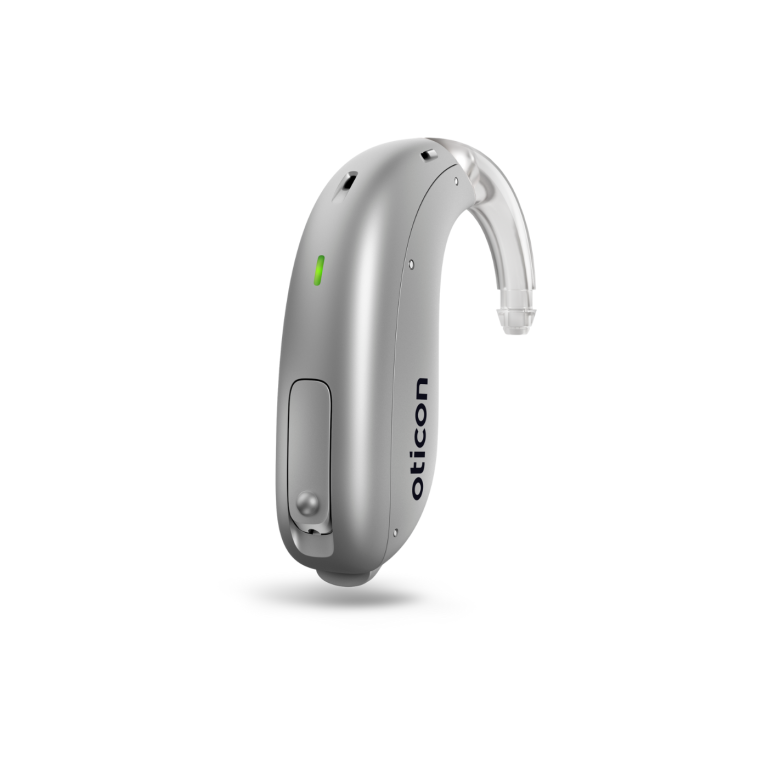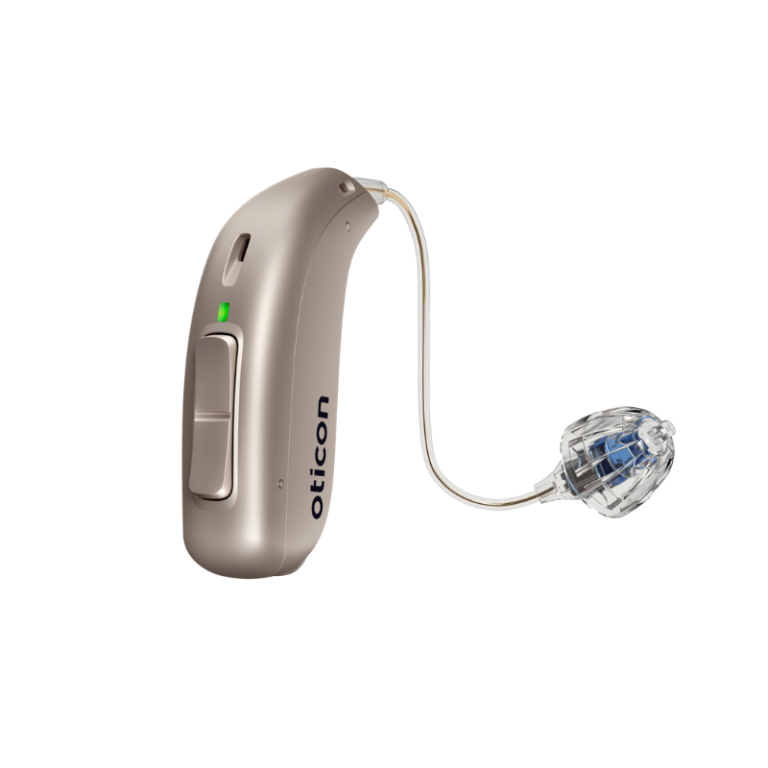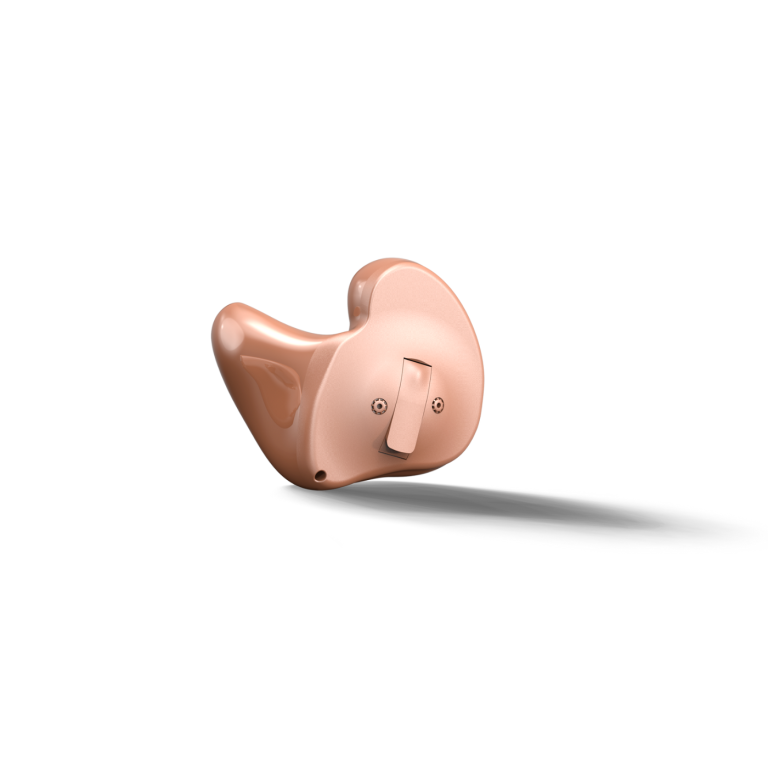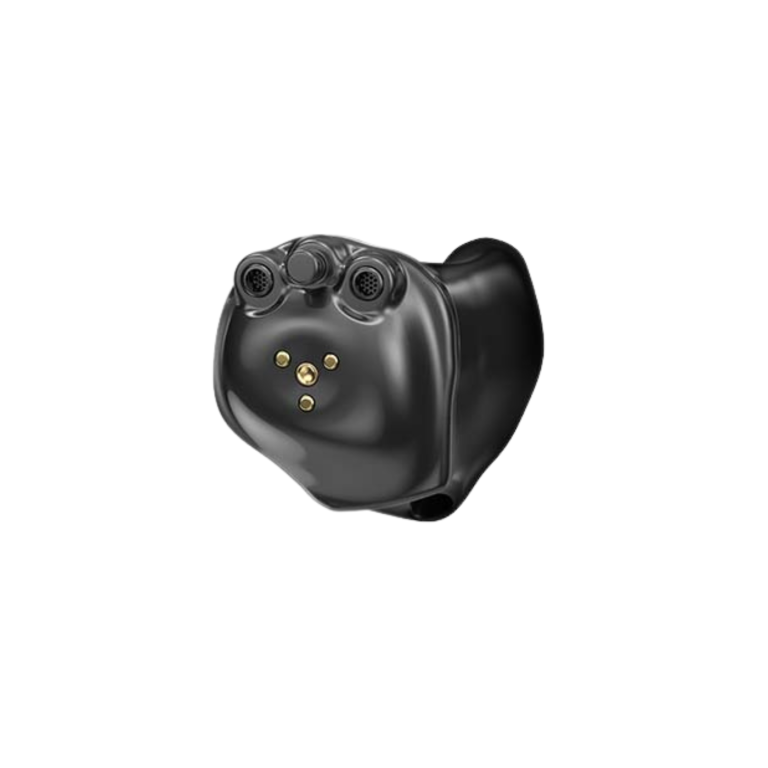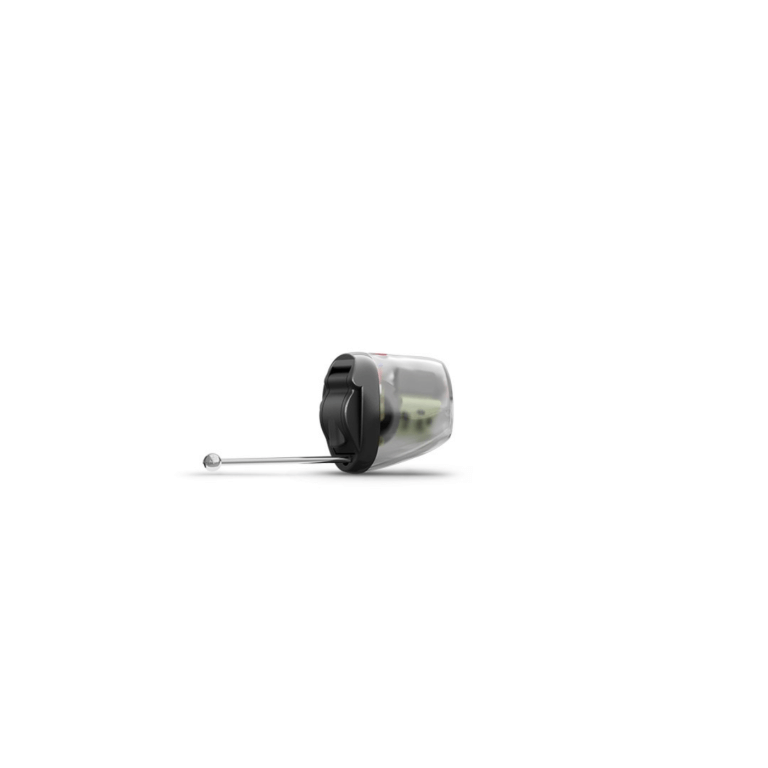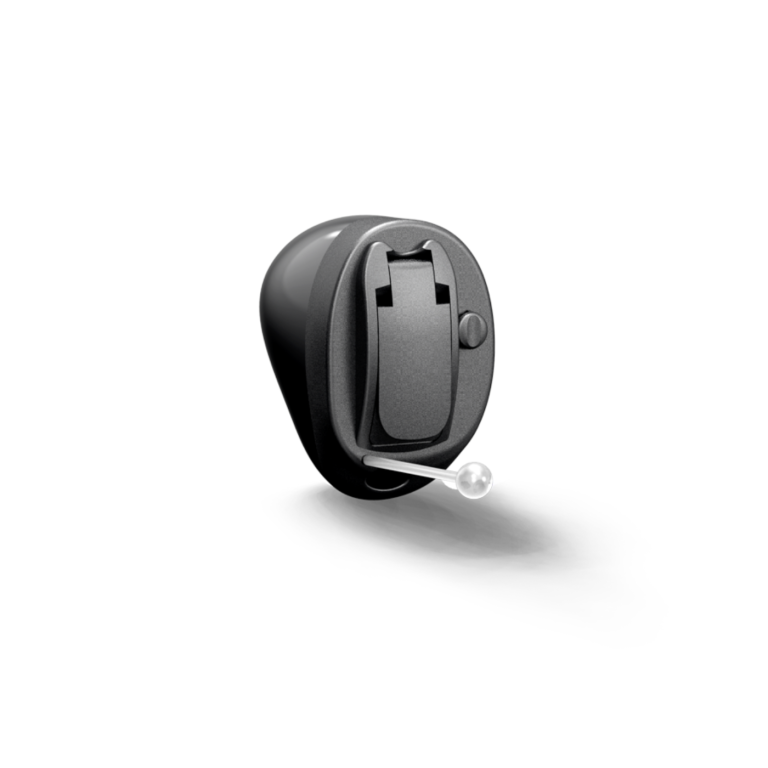For many of us, when a hearing loss is first noticed, it can be difficult to come to terms with. Often the idea of wearing hearing aids can be quite daunting. However, you need not be worried. Gone are the days of the big, bulky beige devices that we associate with hearing aids – these days hearing aids are a lot more high-tech!
So let us guide you through all the different hearing aid styles available.

